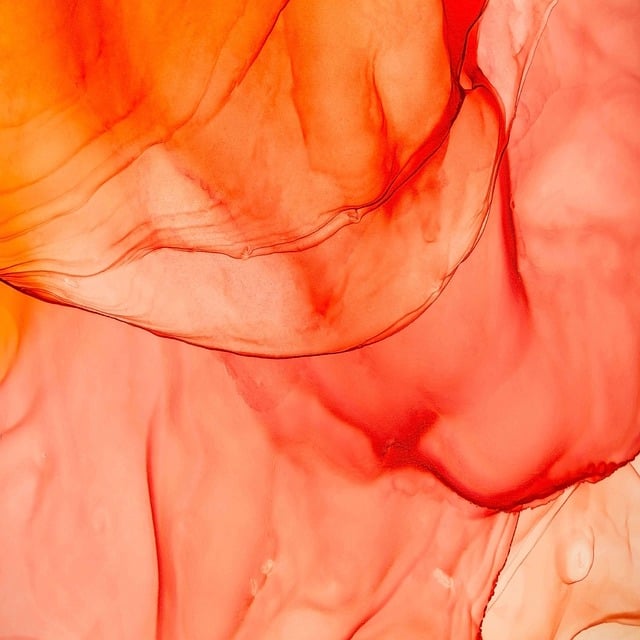Archroma Introduces the Fibercolors* Technology
According to earth.org, 92 million tons of textile waste is produced every year, a number that is expected to reach 134 million tons by the end of this decade. Approximately 85% of all textiles discarded in the US end up in landfills, leading to land and water pollution impacting first and foremost local communities.
Archroma, a company that creates colors for fashion, decided to handle this issue in a creative way: what if it could create colors from waste fashion?
Archroma had already developed a way to turn waste from the herbal and food industry into its range of EarthColors® featured by brands such as G-Star, Patagonia, Esprit, Tom Taylor, Pangaia, UGG, and Primark.

Archroma is now introducing another ground-breaking innovation: the FiberColors* technology. With this technology, Archroma upcycles textile
waste into gorgeous colors. The colors are synthesized from a minimum content of 50% waste-based raw material.
Archroma’s R&D experts have developed a way to use cotton and polyamide and their blends (with a >95% purity) to substitute the major part of the petroleum-based raw material usually used to make dyestuff.
The FiberColors* range, which is patent-pending and hence exclusive to Archroma, includes five dyes covering a palette of timeless shades: Diresul® Fiber-Teak (brown shades), Diresul® Fiber-Ochre (olive shades), Diresul® Fiber-Maroon (bordeaux shades), Diresul® Fiber-Slate (blue grey shades) and Diresul® Fiber-Graphite (dark grey shades).
Heike van de Kerkhof, Chief Executive Officer of Archroma, commented: “After creating colors from food and herbal waste with EarthColors®, we are taking a step further in circular manufacturing with FiberColors*, addressing the huge textile and fashion waste global issue.
This is how we make our purpose to lead our industry towards a more sustainable future for our customers and markets, a reality. Because it’s our nature.”
The dyes are particularly suitable for cellulose fibers such as cotton, viscose, linen and kapok, and can be used in denim and garment dyeing and printing processes.
With this technology, a brand can convert its own pre- and post-consumer textile waste into its own beautiful colors, and create a complete collection including t-shirts, chinos, sweatshirts, hoodies, polo shirts, and home textiles.
Source

 Archroma is now introducing another ground-breaking innovation: the FiberColors* technology. With this technology, Archroma upcycles textile waste into gorgeous colors. The colors are synthesized from a minimum content of 50% waste-based raw material.
Archroma’s R&D experts have developed a way to use cotton and polyamide and their blends (with a >95% purity) to substitute the major part of the petroleum-based raw material usually used to make dyestuff.
The FiberColors* range, which is patent-pending and hence exclusive to Archroma, includes five dyes covering a palette of timeless shades: Diresul® Fiber-Teak (brown shades), Diresul® Fiber-Ochre (olive shades), Diresul® Fiber-Maroon (bordeaux shades), Diresul® Fiber-Slate (blue grey shades) and Diresul® Fiber-Graphite (dark grey shades).
Heike van de Kerkhof, Chief Executive Officer of Archroma, commented: “After creating colors from food and herbal waste with EarthColors®, we are taking a step further in circular manufacturing with FiberColors*, addressing the huge textile and fashion waste global issue.
This is how we make our purpose to lead our industry towards a more sustainable future for our customers and markets, a reality. Because it’s our nature.”
The dyes are particularly suitable for cellulose fibers such as cotton, viscose, linen and kapok, and can be used in denim and garment dyeing and printing processes.
With this technology, a brand can convert its own pre- and post-consumer textile waste into its own beautiful colors, and create a complete collection including t-shirts, chinos, sweatshirts, hoodies, polo shirts, and home textiles.
Source
Archroma is now introducing another ground-breaking innovation: the FiberColors* technology. With this technology, Archroma upcycles textile waste into gorgeous colors. The colors are synthesized from a minimum content of 50% waste-based raw material.
Archroma’s R&D experts have developed a way to use cotton and polyamide and their blends (with a >95% purity) to substitute the major part of the petroleum-based raw material usually used to make dyestuff.
The FiberColors* range, which is patent-pending and hence exclusive to Archroma, includes five dyes covering a palette of timeless shades: Diresul® Fiber-Teak (brown shades), Diresul® Fiber-Ochre (olive shades), Diresul® Fiber-Maroon (bordeaux shades), Diresul® Fiber-Slate (blue grey shades) and Diresul® Fiber-Graphite (dark grey shades).
Heike van de Kerkhof, Chief Executive Officer of Archroma, commented: “After creating colors from food and herbal waste with EarthColors®, we are taking a step further in circular manufacturing with FiberColors*, addressing the huge textile and fashion waste global issue.
This is how we make our purpose to lead our industry towards a more sustainable future for our customers and markets, a reality. Because it’s our nature.”
The dyes are particularly suitable for cellulose fibers such as cotton, viscose, linen and kapok, and can be used in denim and garment dyeing and printing processes.
With this technology, a brand can convert its own pre- and post-consumer textile waste into its own beautiful colors, and create a complete collection including t-shirts, chinos, sweatshirts, hoodies, polo shirts, and home textiles.
Source